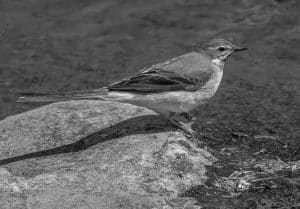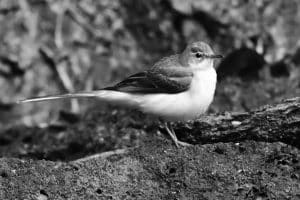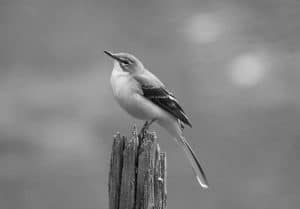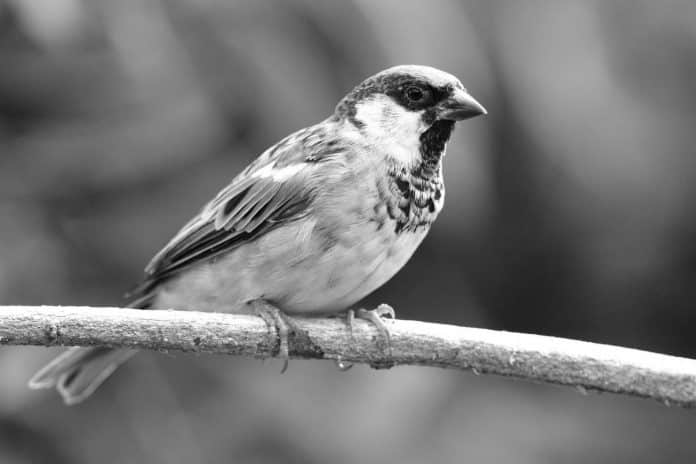Introduction to the House Sparrow in Tanzania
The house sparrow in Tanzania, scientifically known as Passer domesticus, is a true cosmopolitan, having spread across the globe alongside human settlements. In Tanzania, this adaptable bird has carved out a niche for itself, thriving in the diverse habitats that the country has to offer. From bustling city centers to quaint rural villages, the house sparrow has become a familiar sight, its chirping melodies adding to the rhythmic pulse of daily life.
Habitat and Distribution of the House Sparrow in Tanzania

The house sparrow’s ability to thrive in a wide range of environments has allowed it to establish a robust presence throughout Tanzania. You’ll find these birds inhabiting urban areas, where they coexist with humans, nesting in the crevices of buildings and foraging on the crumbs left behind. They are equally at home in rural settings, taking up residence near farms, livestock enclosures, and even remote homesteads.
The house sparrow’s distribution in Tanzania is widespread, with populations found in every region of the country. From the bustling streets of Dar es Salaam to the serene shores of Lake Victoria, these adaptable birds have carved out their own niche, becoming an integral part of Tanzania’s avian landscape.
Physical Characteristics of the House Sparrow
The house sparrow is a small, stocky bird, with a rounded head, a thick beak, and a compact body. Adult males are easily recognizable by their distinctive plumage, which features a gray crown, a black bib, and a chestnut-colored back. Females, on the other hand, have a more subdued appearance, with a brown-streaked back and a grayish-brown head and underparts.
One of the most striking features of the house sparrow is its ability to adapt its appearance to its surroundings. In urban environments, where the birds often encounter more pollution and soot, their feathers can take on a darker hue, blending seamlessly with the built-up landscape. Conversely, in rural areas, the birds may appear brighter and more vibrant, their colors reflecting the natural tones of the countryside.
Behavior and Diet of the House Sparrow
House sparrows in Tanzania are known for their lively and social behavior. They often gather in flocks, engaging in a variety of activities, from energetic chases and aerial displays to communal roosting and feeding. These birds are highly adaptable, readily taking advantage of the resources available in their environment.
In terms of their diet, house sparrows are omnivorous, feeding on a diverse range of food sources. They primarily consume seeds, grains, and insects, scavenging for scraps and leftovers in urban areas and foraging for natural food sources in rural settings. Their opportunistic feeding habits allow them to thrive in both human-dominated and natural landscapes.
Importance of the House Sparrow in Tanzania’s Ecosystem
Despite their ubiquity, house sparrows play a vital role in Tanzania’s ecosystem. As seed-eaters and insect-consumers, they help to maintain the balance of plant and insect populations, contributing to the overall health and diversity of the local environment. Additionally, their presence serves as an indicator of the ecological well-being of the areas they inhabit, as their adaptability and resilience reflect the resilience of the broader ecosystem.
Furthermore, the house sparrow’s interactions with other avian species in Tanzania can have a significant impact on the local bird community. As opportunistic foragers, they may compete with native birds for food and nesting resources, potentially influencing the population dynamics of these species. Understanding the house sparrow’s ecological role is crucial for maintaining the delicate balance of Tanzania’s avian communities.
Threats and Conservation Efforts for the House Sparrow in Tanzania

While the house sparrow is a resilient and adaptable species, it faces a variety of threats in Tanzania. Habitat loss and degradation, driven by urbanization, agricultural expansion, and environmental pollution, can negatively impact house sparrow populations. Additionally, the use of pesticides and the introduction of non-native predators can also pose a risk to these birds.
In response to these challenges, conservation efforts have emerged to protect the house sparrow in Tanzania. Local authorities and environmental organizations work to promote sustainable urban planning, encourage the preservation of green spaces, and educate the public on the importance of maintaining healthy habitats for these birds. Citizen science initiatives, such as bird-watching programs, also contribute to our understanding of house sparrow populations and their trends over time.
Tips for Observing and Attracting House Sparrows in Tanzania
As you explore Tanzania’s diverse landscapes, you’ll have ample opportunities to observe the house sparrow in its natural habitat. Keep an eye out for their lively movements and characteristic chirping calls, which can often be heard in urban areas and rural settings alike.
To attract house sparrows to your own backyard or outdoor space, consider setting up bird feeders stocked with a variety of seeds, grains, and crumbs. Providing a reliable source of food can help to draw these birds closer, allowing you to observe their behaviors and interactions up close.
Interesting Facts and Folklore about the House Sparrow in Tanzania
The house sparrow has long been a part of Tanzania’s cultural heritage, with various beliefs and traditions surrounding this ubiquitous bird. In some communities, the house sparrow is seen as a symbol of good luck, its presence near a home or business believed to bring prosperity and abundance.
Interestingly, the house sparrow has also been the subject of Tanzanian folklore, with stories and legends that celebrate its adaptability, resilience, and importance within the local ecosystem. These tales often highlight the bird’s role as a provider, a protector, or a messenger, reflecting the deep connection between the house sparrow and the Tanzanian people.
Comparative Analysis: House Sparrow vs. Other Bird Species in Tanzania
While the house sparrow is undoubtedly a common sight in Tanzania, it is not the only bird species that has carved out a niche in the country’s diverse avian landscape. When compared to other birds, the house sparrow stands out for its remarkable adaptability, its ability to thrive in both urban and rural environments, and its role as a generalist feeder.
Other prevalent bird species in Tanzania, such as the Maasai ostrich, the Kilimanjaro shrike, and the African hoopoe, each have their own unique characteristics and ecological niches. However, the house sparrow’s ubiquity and its ability to coexist with humans make it a particularly fascinating subject of study and observation.
Conclusion: Celebrating the House Sparrow’s Role in Tanzania’s Avian Community

As you have discovered, the house sparrow is more than just a ubiquitous presence in Tanzania’s avian landscape – it is a vital component of the country’s rich and diverse ecosystem. From its adaptable behavior and diverse diet to its cultural significance and ecological importance, the house sparrow has firmly cemented its place as Tanzania’s avian commoner.
As you continue your journey of discovery in Tanzania, keep an eye out for the ever-present house sparrow. Observe its behaviors, learn about its role in the local environment, and consider ways you can help protect and celebrate this remarkable bird. By doing so, you’ll not only deepen your appreciation for Tanzania’s avian diversity but also contribute to the ongoing efforts to conserve and celebrate the house sparrow’s place in the country’s vibrant natural heritage.

































